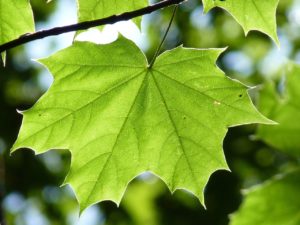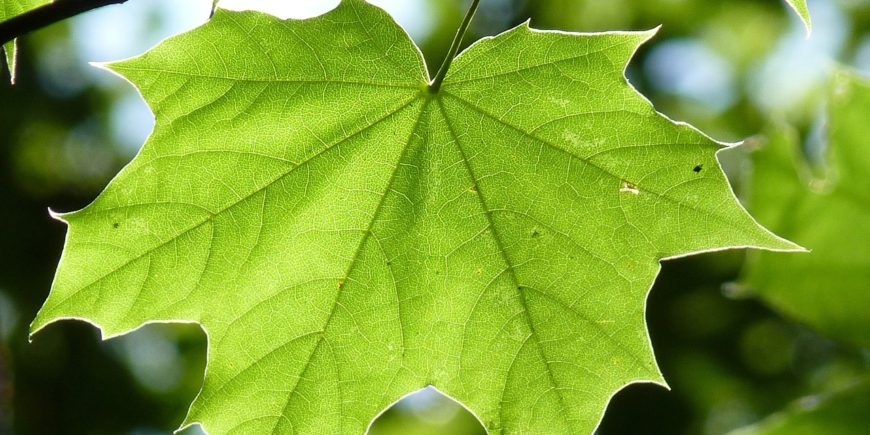UMass -- Amherst

The Northeast Climate Science Center will hold a Sticky Situation: When Maple Producers get Conflicting Guidance on Climate webinar on March 8th at 3:30 p.m. The webinar will be presented by Alex Bryan, Climate Assessments and Scenario Planning (CLASP) Postdoctoral Fellow with the Northeast Climate Science Center and the USGS.
Maple syrup is a major cultural resource in the Northeast and Midwest U.S. — one with a strong link to climate. In the traditional spout-and-bucket method of collecting sap, collection requires sapflow, which occurs only on days when the temperature drops below freezing at night and rises above freezing the next day. These conditions occur over a narrow window during the year. And, once producers “tap” a maple tree, they have 6-8 weeks before bacteria development closes the tap and collection ceases.
These factors make the timing of when producers tap their trees an important and very difficult decision as tapping too early or too late can reduce seasonal yield. Further complicating matters, climatic warming is shifting the average “optimal” tap date (i.e. maximizing sapflow conditions) to earlier in the year. Warming also means fewer days and nights below freezing, resulting in fewer days with sapflow, and thus, lower seasonal sap yields, especially for producers at the southern edge of the maple range (e.g., VA, KY). Going forward — as warming continues — producers will need to decide how to adapt their tapping practices, or whether conditions will render the practice unsustainable.
To help with these decisions, producers can look to climate models for guidance on the timing and magnitude of projected changes in the freeze-thaw patterns that drive sapflow. However, different climate models can produce very different guidance, and maple syrup producers are not readily trained in how to interpret disparate guidance.This study identifies systematic discrepancies between different climate models with respect to several metrics relevant to maple syrup producers. Does one model predict a shift of 3 days in the optimal tapping date while another predicts 3 weeks or 3 months? Or, does one predict a 50% fewer sub-freezing nights over the next 10 years while another predicts no substantial change for at least another 50 years.
What options do producers have, using these imperfect results, until more robust information becomes available?
For more information, see https://necsc.umass.edu/webinars/sticky-situation-when-maple-syrup-producers-receive-conflicting-guidance-different-climate
